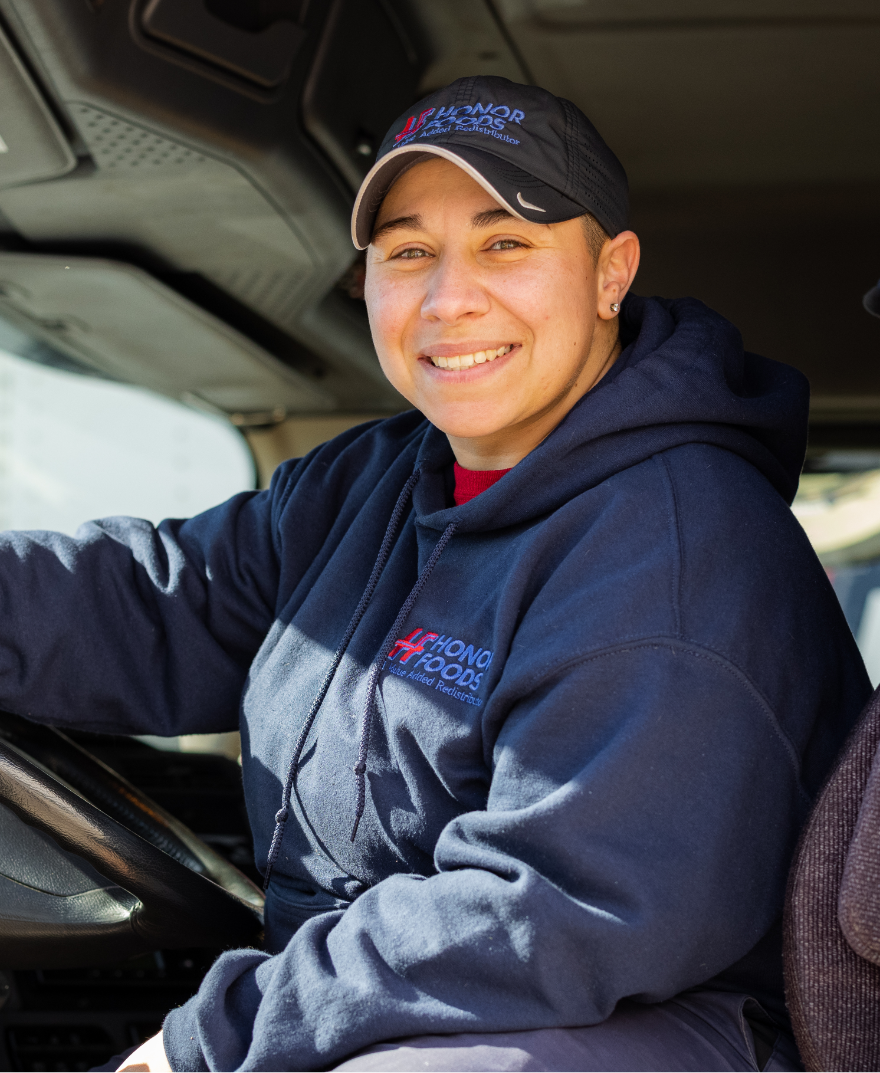One of the largest and most trusted foodservice redistribution companies, Honor Foods specializes in refrigerated, frozen, dry, and dairy products from the best-known brands.
Burris Logistics – Leaders in Foodservice Redistribution, Freight Management, and Logistics IT
The Burris Logistics Company, a Family Business Solving Tough Problems with Dependable Supply Chain Solutions.

Trinity Logistics ranks among the top 20 Freight Brokerage companies in the U.S., with a wide network of authorized carriers and a full suite of transportation solutions.
Leaders in Logistics Since 1925
Burris Logistics is a family-owned and operated third-party logistics company providing partnerships for dependable supply chain management. Our solutions include foodservice redistribution, freight management, and information technology. We accomplish this with two distinct brands: Honor Foods and Trinity Logistics. Each provides a unique link to a connected supply chain. Together, we are ONEBURRIS, where we deploy any brand or solution to support your business need as a true partner.
Honor Foods specializes in foodservice redistribution of refrigerated, frozen, dry, and dairy products from quality brands. Value adds are flexibility and responsiveness, allowing distributors to order precisely what they need. Trinity’s people-centric Team arranges freight for businesses of all sizes in truckload, LTL, intermodal, drayage, and expedited across shipping lanes nationwide, and they personally manage it with people and technology every step of the way.
Many logistics companies provide services and assets, but Burris Logistics provides relationships. Clearly you need warehouses and trucks to store and move products. But a true partner provides a family of Team Members who are committed to you. We treat our customers, partners, and our Team as family. At Burris Logistics, when we say people matter, we mean it, and it shows in the long-term commitments we are known for.

Burris Logistics is prepared to help our customers maximize these opportunities with dependable supply chain management.
From foodservice redistribution and freight brokerage to logistics technology that drives them both, Burris Logistics believes in transparent long-term relationships and is willing to make substantial investments to continuously improve our services and solutions. We strive to maintain a high level of flexibility in providing customized services and a greater level of agility in execution while maintaining cost efficiencies. Like you, we believe that progress starts with people, and there is nothing more rewarding than seeing collaboration between our customers and Team Members implementing innovative solutions.
Our doors and minds are always open and we welcome your challenges. We have the solutions to make it happen.

Logistics Terminology Is Its Own Language
Our culture is that of ONEBURRIS, where we work together to offer our customers multiple…
Read More
Honor Foods, a Burris Logistics Company, Acquires Sunny Morning Foods
Honor Food, our redistribution brand, has acquired Sunny Morning Foods, a well-known dairy brand and…
Read More
Culture, Purpose & Values – Get to Know the Burris Logistics Culture
A winning company culture doesn’t happen by accident. Learn how ONEBURRIS and their brands are…
Read More